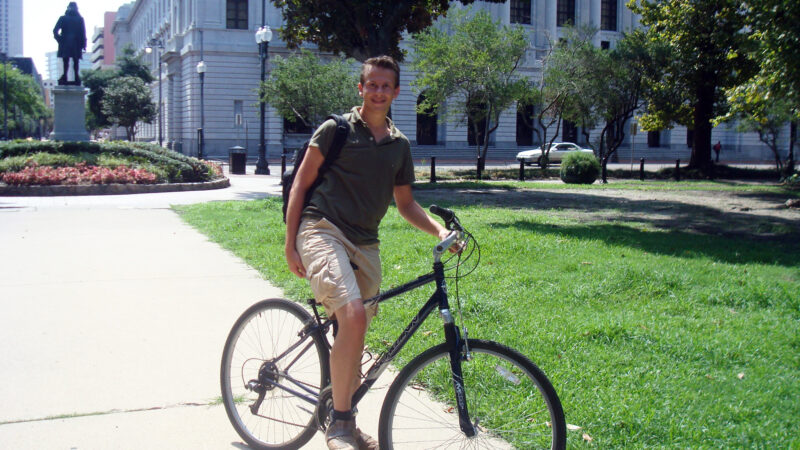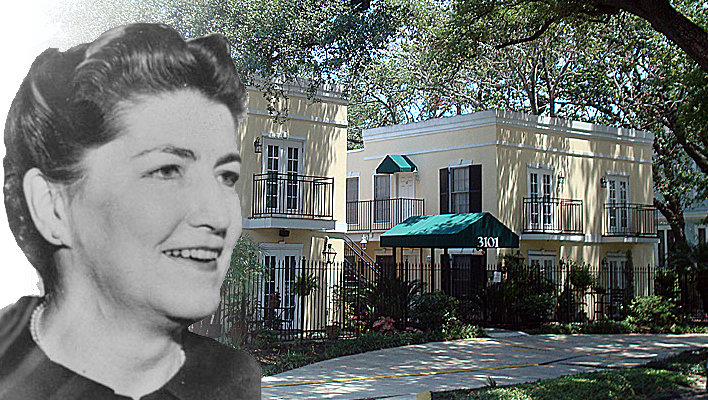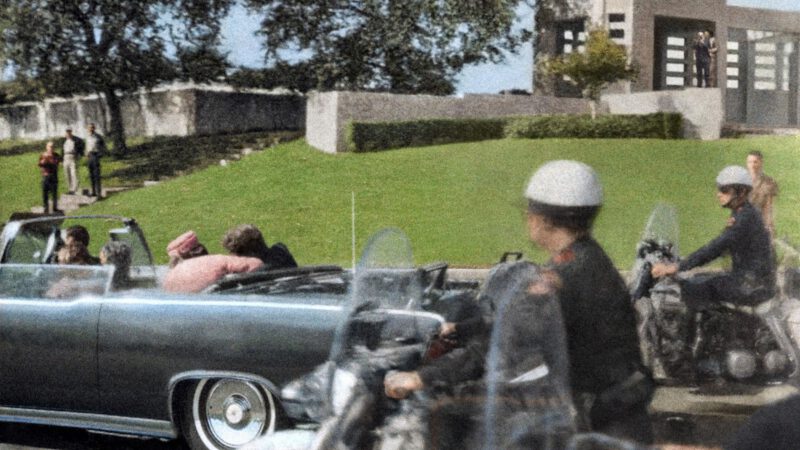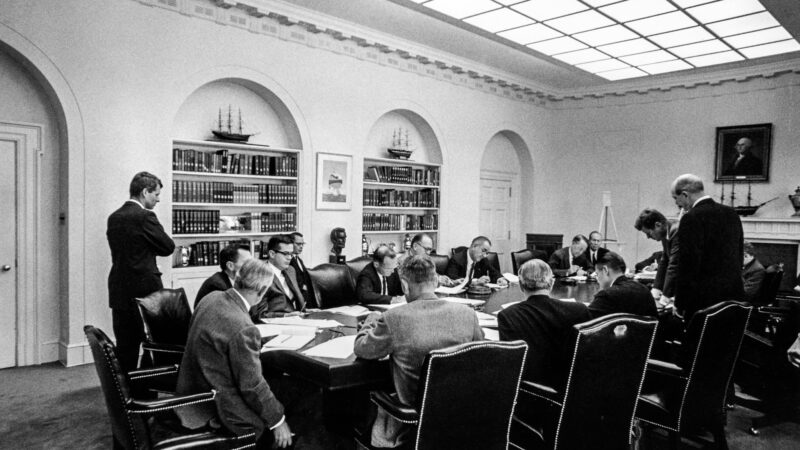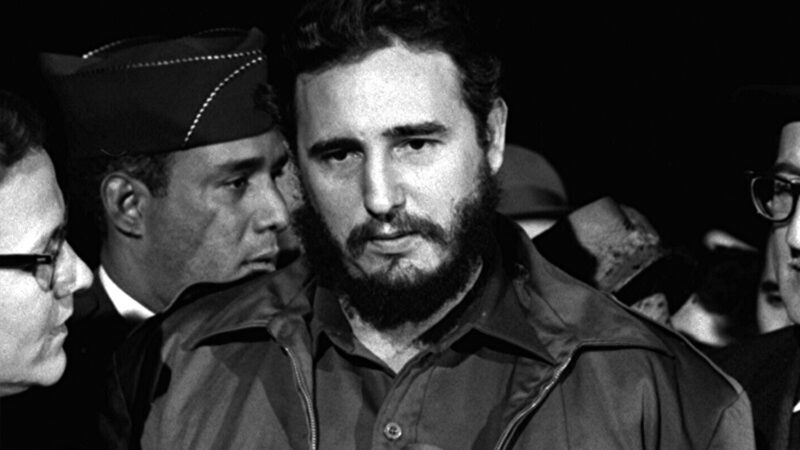John F. Kennedy: the man, the myth
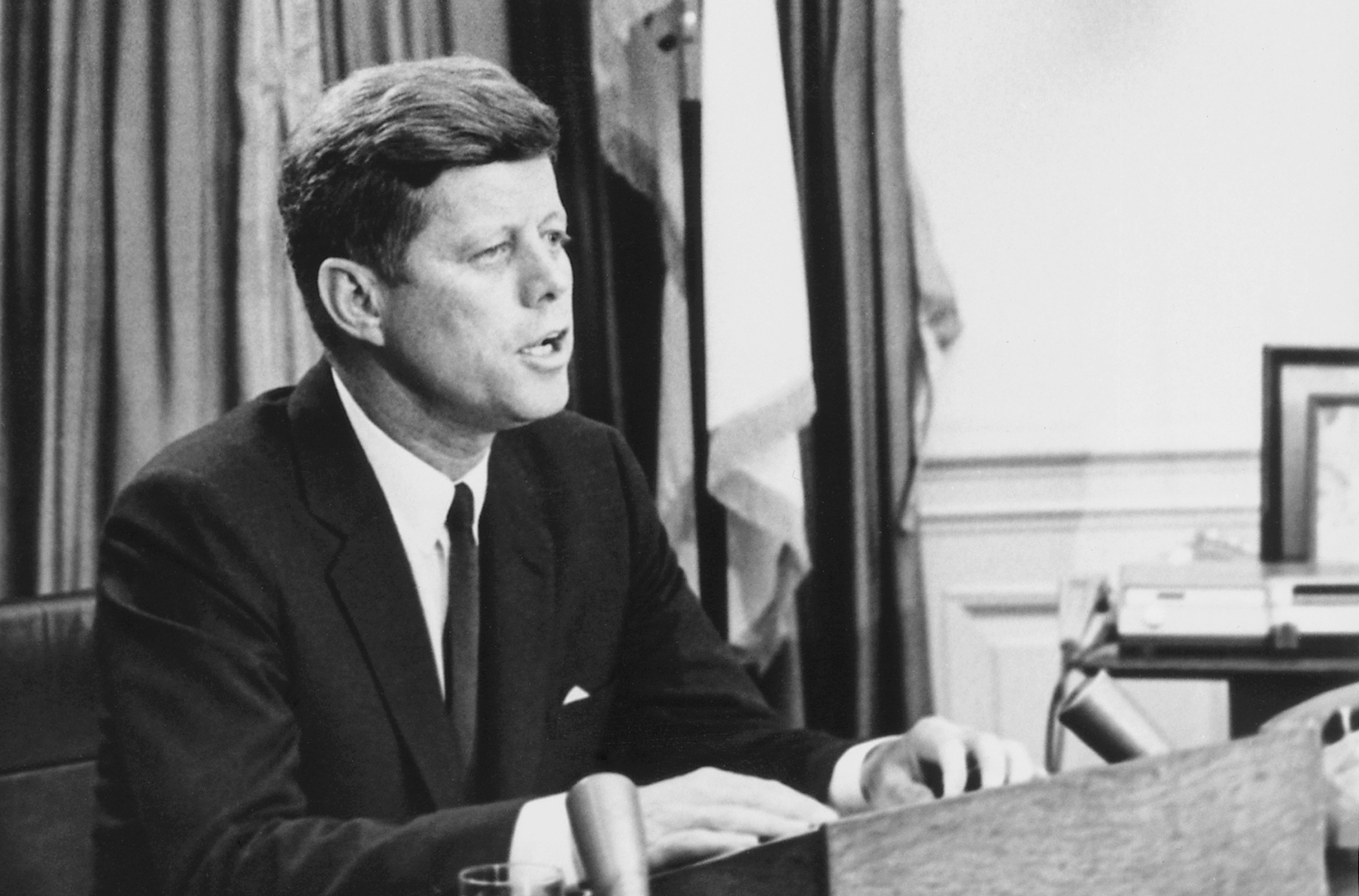
When Kennedy spoke to the electorate with such calmness and self-confidence during the televised debate with Richard Nixon, according to rumors, it was mainly because he had consumed a cocktail prepared by his personal miracle doctor and spent time with a call girl in his hotel room an hour and a half earlier. Besides being the seemingly perfect leader of the free world, John F. Kennedy remained a human being, the head of a family, and a womanizer with numerous activities that couldn’t withstand the light of day. Over the years, more and more has been revealed about his private life.
Keeping his fragile health hidden became increasingly challenging for Kennedy. His health issues escalated, with some experts claiming that he might not have survived a potential second term. Throughout his presidency, the president was literally on drugs: to combat pain, he consumed a daily cocktail of medications, including a substantial dose of methedrine, prescribed by the controversial Dr. Max Jacobson. For the public, Kennedy appeared as a vital, lively man, but in reality, his 27 years older predecessor, Eisenhower, was much healthier.
The American people and the rest of the world admired the presidential family, with the beautiful Jackie by Kennedy’s side and their perfect royal couple, Caroline and John Jr. President Kennedy maximized the use of the new mass medium, television: every two weeks, 65 million Americans got a glimpse into the White House. The audience could ask questions to the president, but more importantly, they enjoyed the seemingly ordinary family life behind the marble walls. According to Blair Clark, a former classmate of Kennedy and then working for CBS News, no one could act like Jack. “He knew that newspapers were becoming less important. He saw opportunities that others didn’t see and took full advantage of them.” The disparity between public perception and reality was incredibly significant. Strangely enough, nobody managed to tarnish Kennedy’s image during his lifetime.
Even the numerous sexual escapades that came to light after his death could have seriously undermined his political career. He expected little from women, only companionship, relaxation, and sex when he desired it. Kennedy was constantly on the lookout and had staff recruit escort ladies in every city he visited. The first woman who captured his heart was the Danish Inga Marie Arvad in 1941. She was followed by the FBI on suspicion of potential Nazi spy activities. Father Joe couldn’t passively watch as this woman would damage his son’s political career. He arranged a new job in distant South Carolina, and the two grew apart. In 1947, more problems arose: it was revealed that John had secretly married Durie Malcolm, a girl from a wealthy family in Florida. Joe angrily had all the marriage documents destroyed; the twice-divorced Malcolm was not the perfect wife for his son. When the secret threatened to leak in 1962, journalist Ben Bradlee, a friend, was hired to suppress the rumors.
Another intriguing woman in Kennedy’s life was Judith Campbell Exner. She met the then-presidential candidate in February 1960 at a party hosted by singer Frank Sinatra. They had an affair, but Judith was also involved with mob boss Sam Giancana. She later stated that she served as a courier between her two lovers, transporting large sums of money and documents related to the attempts to assassinate Castro. Another problematic affair was with Pamela Turnure. Her landlady, Florence M. Kater, was furious about Kennedy’s nighttime visits. She secretly recorded the couple and, from 1959 to 1961, conducted a failed, obsessive campaign to get the Washington press to write about Kennedy’s womanizing. The affair with Barbara Maria Kopszynska, a woman from Poland who was briefly engaged to Jack in 1951, also posed a danger. The FBI had enough information to jeopardize Kennedy’s potential re-election: they discovered that Darr had, in 1951, encountered the young Congressman John F. Kennedy as a prostitute. The federal investigative agency had photos as evidence of the relationship, but they were never released. However, the images did end up in the hands of various influential politicians, making Kennedy the most blackmail-able president in the history of the United States.
But there are many more names known. Biographer Michael O’Brien mentions more than twenty mistresses by name in his nearly 1000-page book on John F. Kennedy. Women like Suzy Chang, Ellen Rometsch, Florence Pritchett, Tempest Storm, Joan Lundberg, Mary Meyer, and Mimi Beardsley, who caused a stir in early 2012 with her book “Once Upon a Secret: My Affair with President John F. Kennedy and Its Aftermath.” “My internship at the White House lasted less than four days,” said Beardsley. “And then I was already invited to the president’s pool and bedroom. I was still a virgin, but for Kennedy, it was all quite normal. The secret affair lasted for months and had its ups and downs. Just like a real relationship.” Prostitutes, students, staff, Kennedy considered himself untouchable. Somewhere, he must have found the danger and risks exciting. Even in the White House, it was full of pleasure girls, as later stated by the Secret Service security agents. The men were busy guarding the door to the presidential pool, where, according to his biographers, Kennedy swam because it was good for his back. In reality, daily sexual activities took place with staff members like Fiddle and Faddle, nicknames for employees Priscilla Wear and Jill Cowen. Bobby and Teddy Kennedy were also reportedly regulars at those swimming parties. Jack Kennedy became the only president later known to have struggled with venereal diseases for a significant part of his adult life. This widely heard rumor became a fact when the notes of Kennedy’s doctor William Herbst were made available to the Kennedy Library in Boston in 1992.
Even a world-famous woman like Marilyn Monroe could count herself among the president’s bedmates. She was in love with him, obsessed. The entire country watched as she sang “Happy Birthday, Mr. President” to him on May 19, 1962, in New York. She hid her affection less and less, prompting Kennedy to end the affair. Monroe, who also shared a bed with the younger Bobby Kennedy, was found dead under suspicious circumstances in her Los Angeles home eleven weeks after the serenade to Kennedy. Bobby had visited her the night before her death, along with his brother-in-law Peter Lawford, the Hollywood star married to Patricia Kennedy in those years.
In that period, Father Joe had less control over his children’s lives than before: in December 1961, he suffered a stroke that partially paralyzed him and made speaking impossible. Jackie also didn’t stand in her husband’s way; she seems to have viewed her husband’s promiscuity as something normal. By 1963, she was rarely in the White House. She stayed with the children at her horse ranch in Virginia or went on European trips with her male friends. Aristotle Onassis, the Greek shipping magnate she would later marry, was already part of her circle of friends. Jackie was away so often that a radio host always closed his nightly program with the words, “And goodnight, Jackie, wherever you are.” Despite the absence of marital happiness, Jacqueline Kennedy always played her role as First Lady excellently. In public, she was a happy wife, and as the first lady, she was acclaimed by millions worldwide. With charm and class, she spectacularly transformed the image of the White House. Eisenhower’s gray furniture was carried outside on the first day, and in the early 1960s, the building became a cultural center with dinners and concerts where she invited writers, artists, businessmen, and intellectuals. With her charm, she also won the hearts of world leaders. It was sometimes unclear who the state visit was about—the president or his charming wife. Kennedy once joked, “I am the man who accompanied Jackie to Paris, and I enjoyed it.”
Kennedy’s life and his tragic death on November 22, 1963, in Dallas created a myth over the years. JFK was revered by the entire world for many years. A savior had died, a martyr who had perished before he could complete his work. He had achieved a status normally reserved for movie stars, a status kept alive by lyrical biographies from loyal friends like Theodore Sorensen, Pierre Salinger, Arthur Schlesinger Jr., and Secretary of Defense Robert McNamara. In addition to the library of books about him, Kennedy is also the subject of an increasingly long list of documentaries, films, and docudramas. The myth is so powerful that both Republican and Democratic politicians over the years have tried to claim something from it. In the early 1990s, Bill Clinton, for example, frequently boasted that he had met Kennedy and how tremendously inspiring his example was for him. The campaign team eagerly spread the photo that served as evidence for the meeting. More recently, Barack Obama was often referred to as the black JFK, the personification of the dream that began with John F. Kennedy. For many, Kennedy is still synonymous with hope and progress. Whether that idealization is historically justified is another matter.
Fortunately, the image of the president has been somewhat rectified and become more realistic over the years. The adored god has posthumously become more human, but all the revealed scandals seem to have little effect on his fame.
The man who has been mentioned in the same breath as John F. Kennedy since that fateful day is the alleged shooter. With multiple bullets, he was said to have ended the president’s life, deadly bullets that simultaneously marked the beginning of the creation of the myth. While Bobby Kennedy mourned in Washington and feverishly arranged for the many documents that could tarnish Kennedy’s reputation to be secured from the White House as quickly as possible, twenty-four-year-old Lee Harvey Oswald was arrested in Dallas.

